Hakone Report
| Autumn Color Report 2015 Official autumn color reports by japan-guide.com |
| previous post |
| next post |
2015/11/11 - Hakone Report
by scott
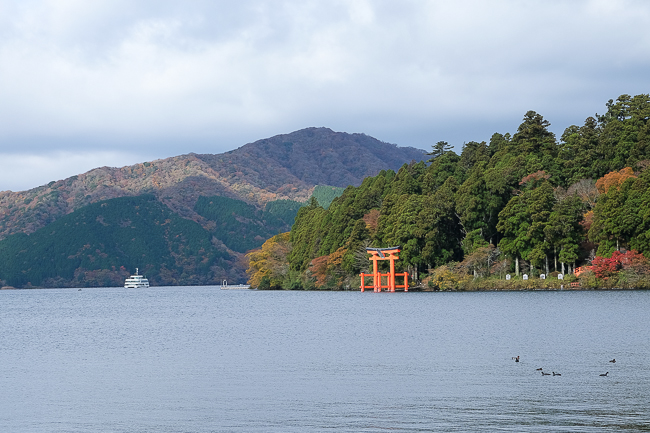
While Raina continues to see great colors across western Japan, today I headed out on an autumn color report from the famous national park area around Hakone, a popular side trip and hot spring resort destination which is less than 100 kilometers from Tokyo.
Due to the elevation, the colors around Hakone typically peak around early November and last through the month as they slowly make their way down the mountain slopes. Today there were definitely some nice colors to be seen, however it really depended on where you were in the park as the situation differed quite a bit around different parts of the national park. Overall, I'd say that the colors were approaching peak or in the early peak stages around most of Hakone, and look like they will continue to improve over the next week or so.
My first stop of the day was to the southwestern shore of Lake Ashinoko, where I paid visits to the Detached Palace and the Hakone Checkpoint where you can get great views of the lake in combination with Mount Fuji off in the distance when the weather cooperates. Unfortunately the clouds had already rolled into position covering the mountain early in the morning, and would stay there the rest of the day. The colors were also relatively patchy on this end of the lake and I feel it was still too early in the season to see much substantive change.
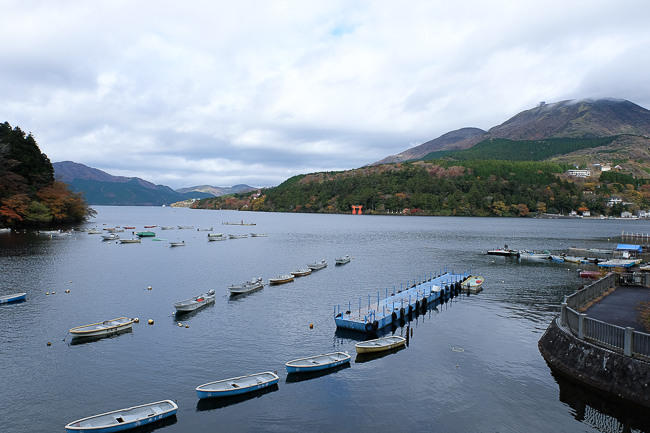
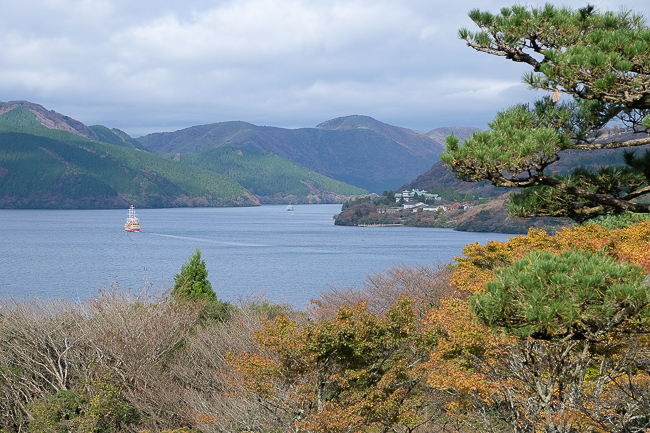
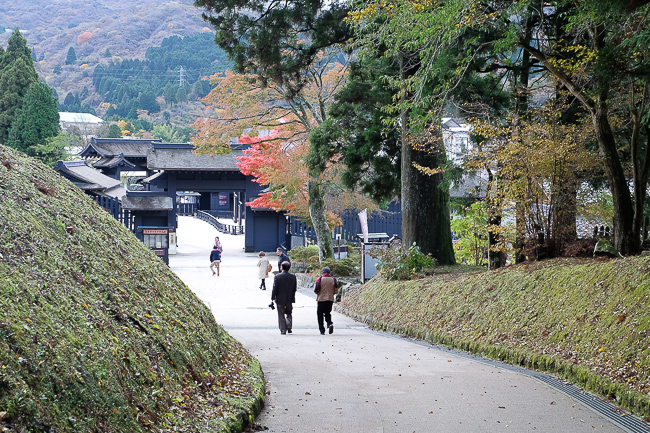
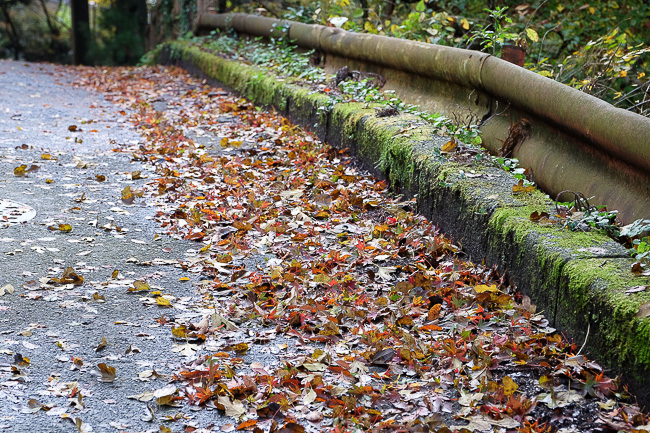
Next I boarded the pirate ship at Hakonemachi to cruise across Lake Ashinoko in search of gold...en leaves. The colors improved as we moved north across the lake, and were even starting to approach peak around Togendai.
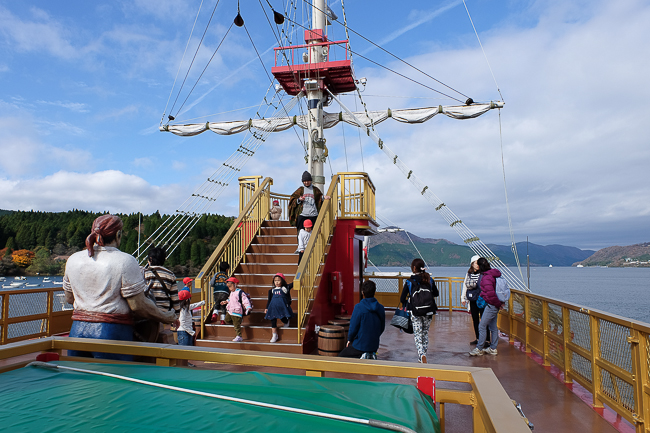
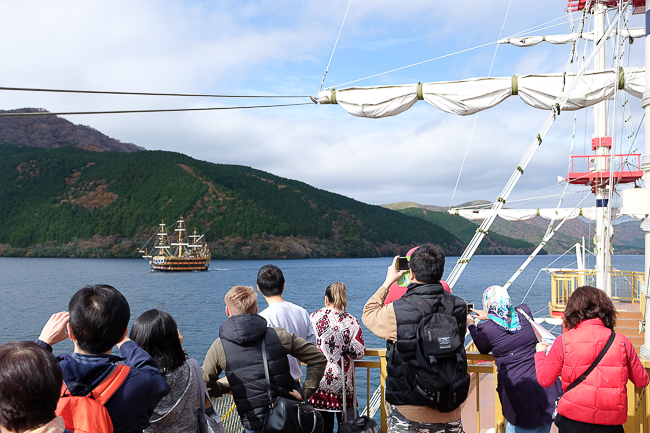
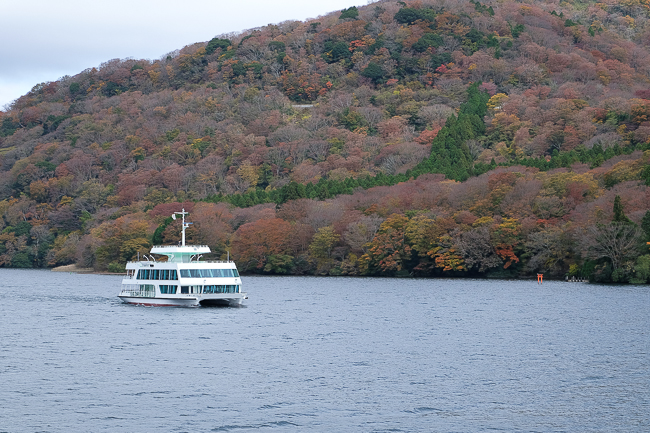
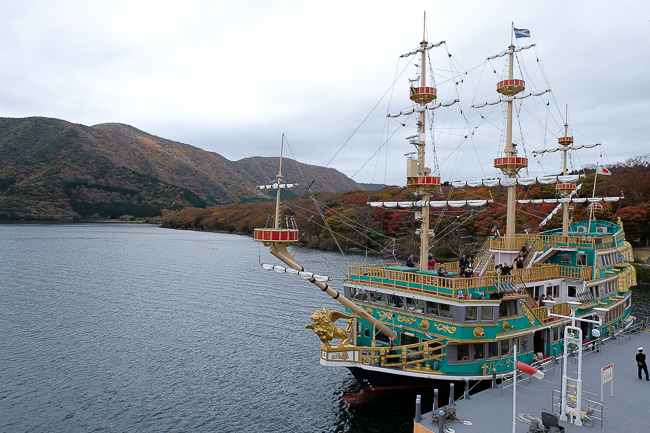
Owakudani, above the northern shore of the lake has been closed most of this year due to volcanic activity. The ropeway over the hell valley was stopped and all the hiking trails in the area closed. However not too long ago they reopened part of the ropeway to Ubako from where a substitute bus reconnects to Sounzan. Since a lot of people ask about this, I decided to take the bus to see exactly what is possible to see and to determine how much the closure affects a trip to the area.
The results are a mix of good news and bad news. Bad news first is that you miss out on the wonderful views of Owakudani save seeing the steam rise up over the trees in the distance. You also cannot enjoy hiking around the area and cannot visit the steaming vents to see them up close. On the other hand, Owakudani is only one small facet of Hakone, and its closure shouldn't be a deal breaker for most visitors. I would only worry if Owakudani was your main interest, otherwise the rest of the area remains unaffected.
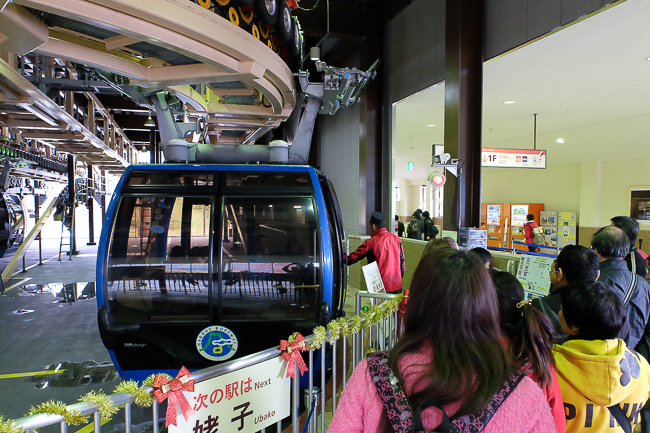
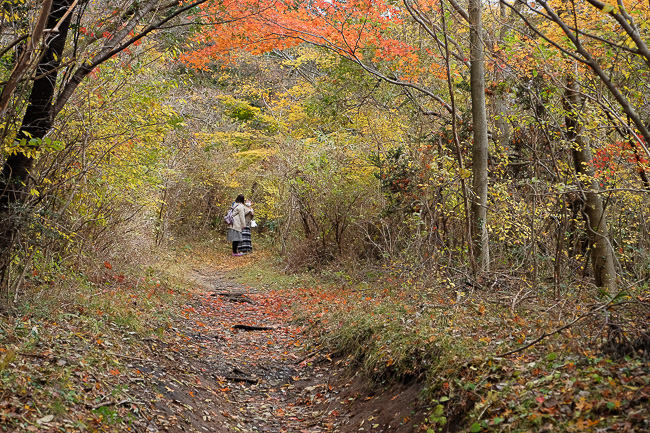
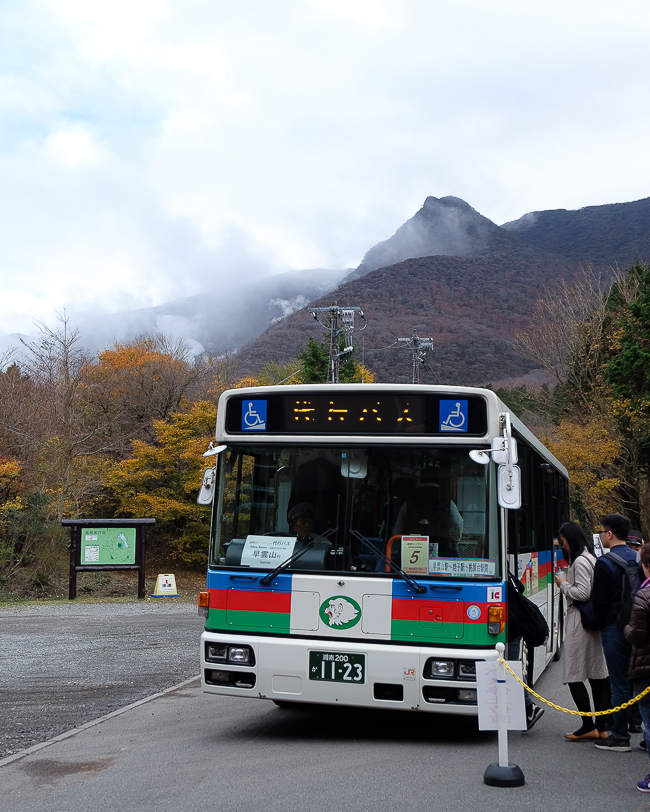
Once in Sounzan I took the cablecar down the mountain to the Hakone Museum of Art in Gora. The museum features lots of colorful maples planted around its moss covered gardens, making it, in my opinion, one of the best places to see autumn colors in all of Hakone. Today the koyo seemed a little early, but it was still one of the most impressive spots of the day and well worth a visit. I'd expect the colors to continue to improve over the next week or so.
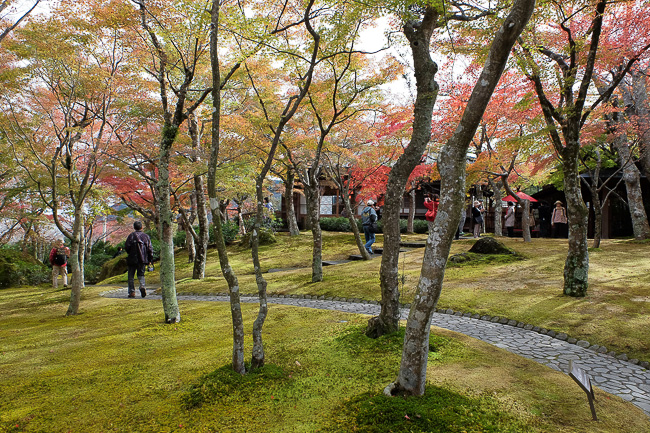
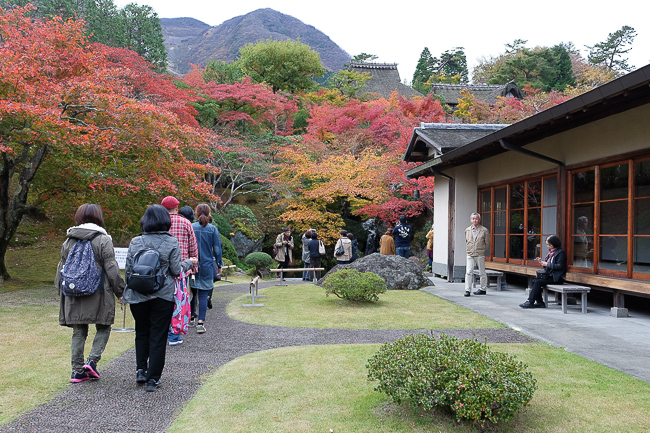
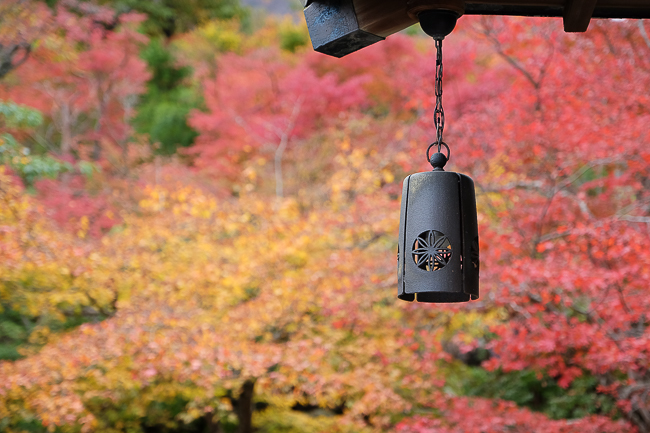
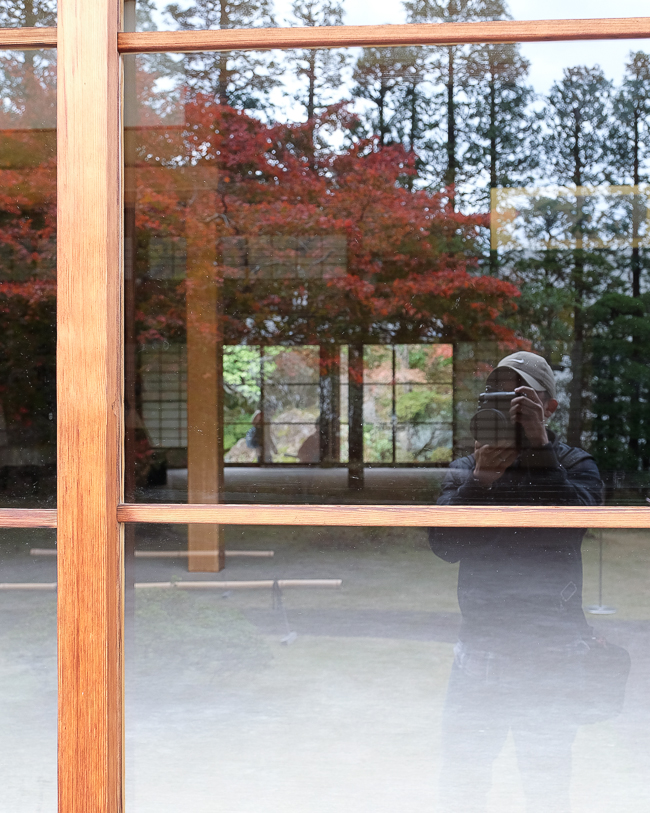
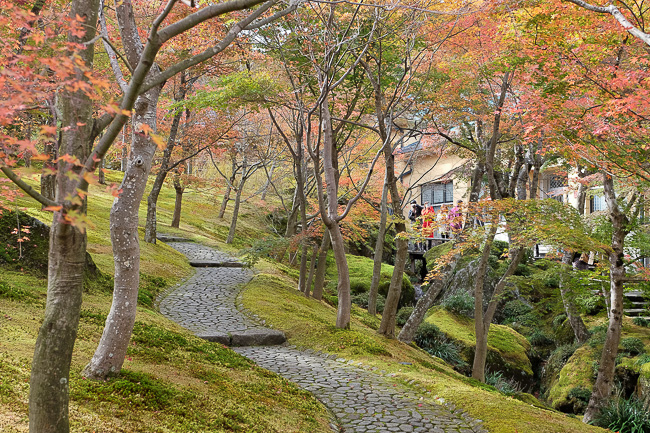
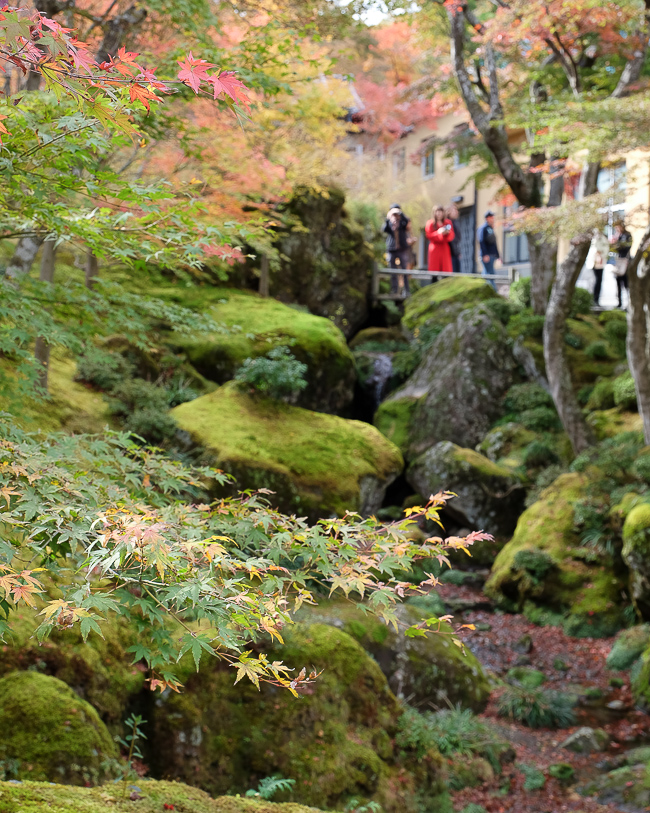
From here the transportation got a little complicated as there wasn't a direct bus to my next destination, the Susuki Fields (pampas grass) at Sengokukogen. However, in the end the transfer was pretty smooth as the buses are pretty frequent on most of the main lines and the bus system relatively easy to figure out.
Susuki are these tall grasses with feathery tufts that turn golden white in autumn. The man-high grasses completely cover the hillside and visitors can walk up a trail from where they can enjoy the views over the fields. Today the susuki were impressive and looked to be just starting their peak, with silvery fluffy bits and just a hint of green left in the leaves, which will eventually turn golden yellow and then a darker reddish yellow as they mature. So the area should remain a hot spot for a while to come.
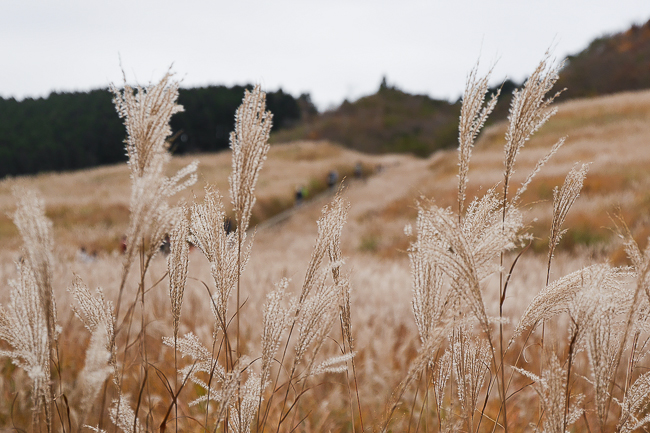
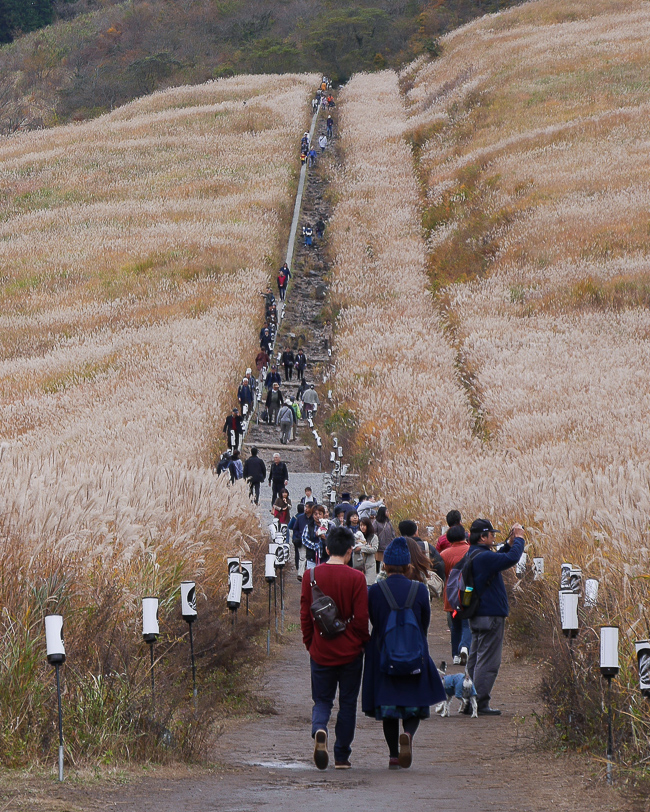
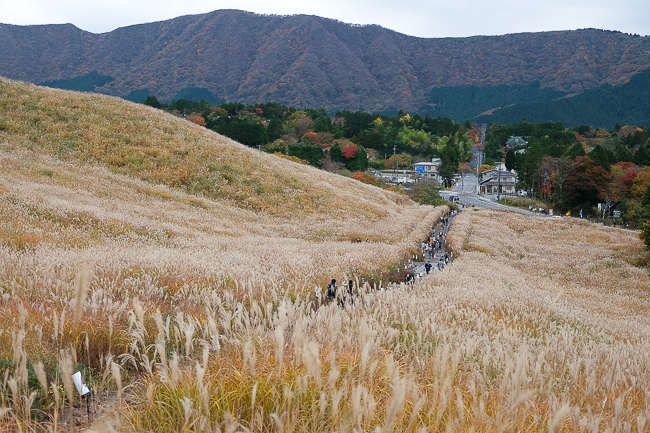
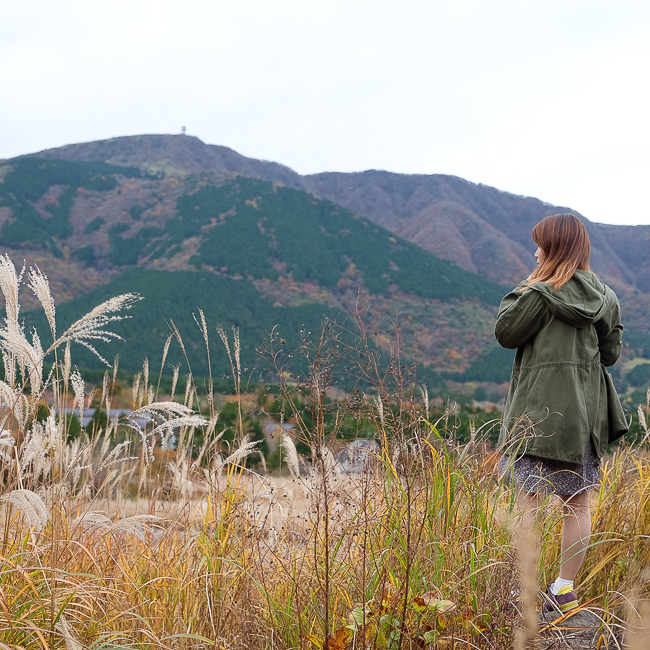
My final stop today was Choanji Temple, near the Sengoku bus stop just north of the susuki fields. This overlooked temple is a real hidden beauty, as its free to enter grounds are filled with colorful trees standing above dozens of stone statues that depict rakan, the early diciples of Buddha, scattered along the slope. Every statue was unique and had funny and expressive faces making the area a photographer's dream. The colors were approaching peak and also some of the best of the day, making this a can't miss spot if you're in the area.
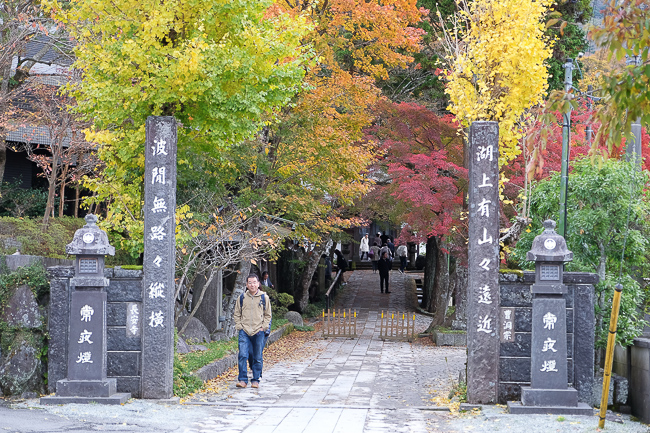
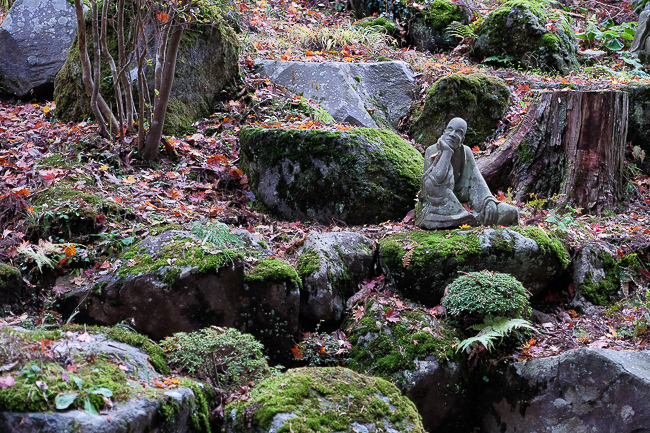
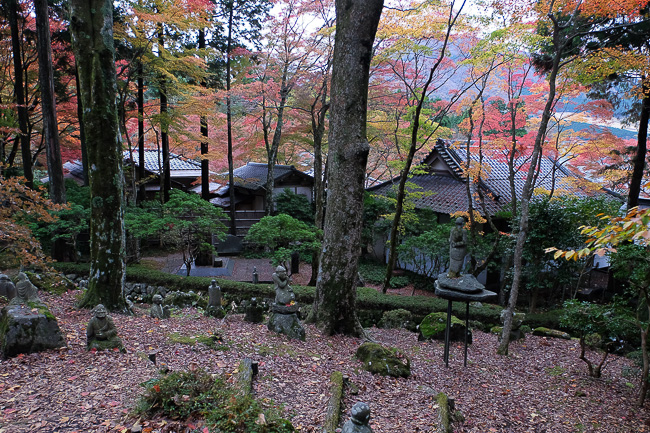
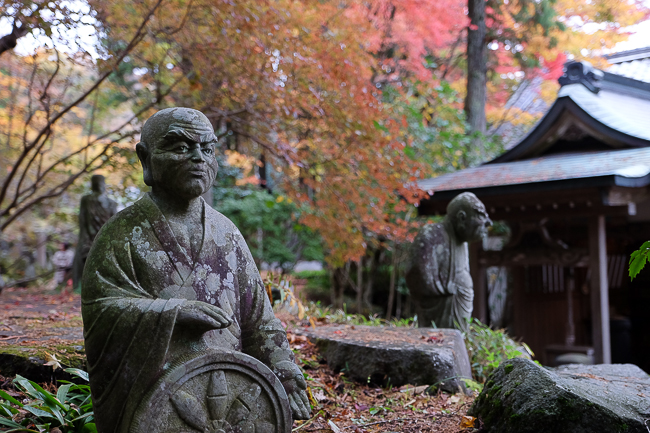
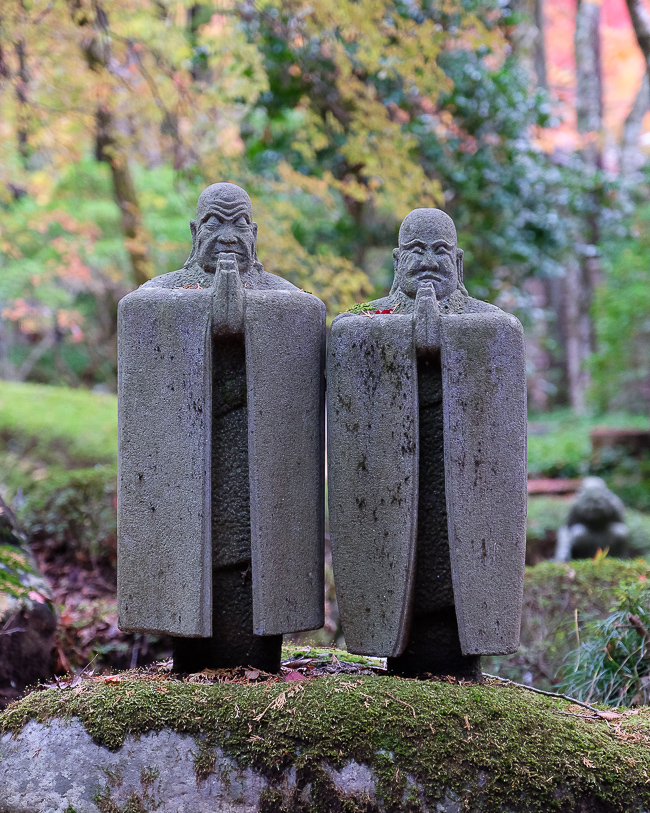
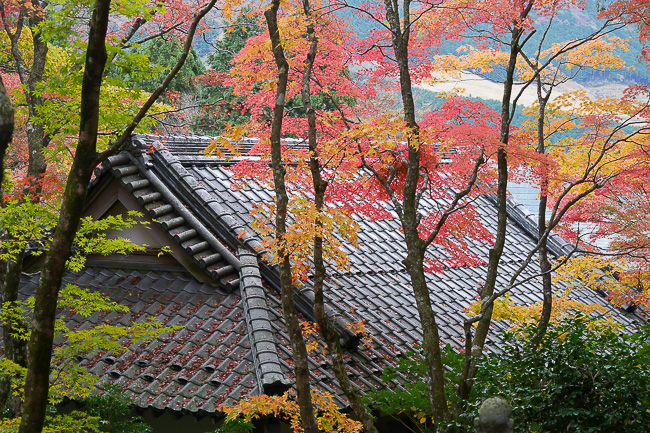
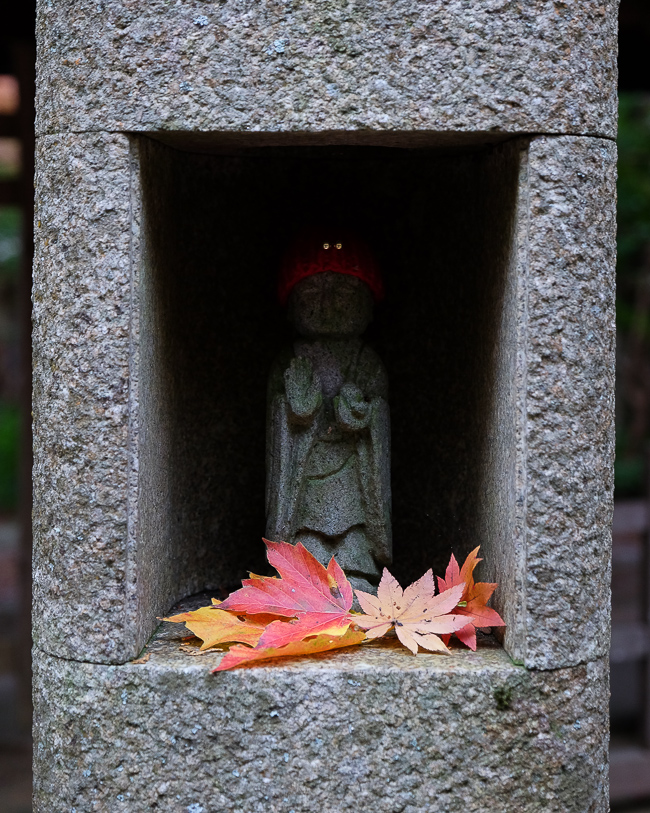
| previous post |
| next post |
Questions? Ask in our forum.